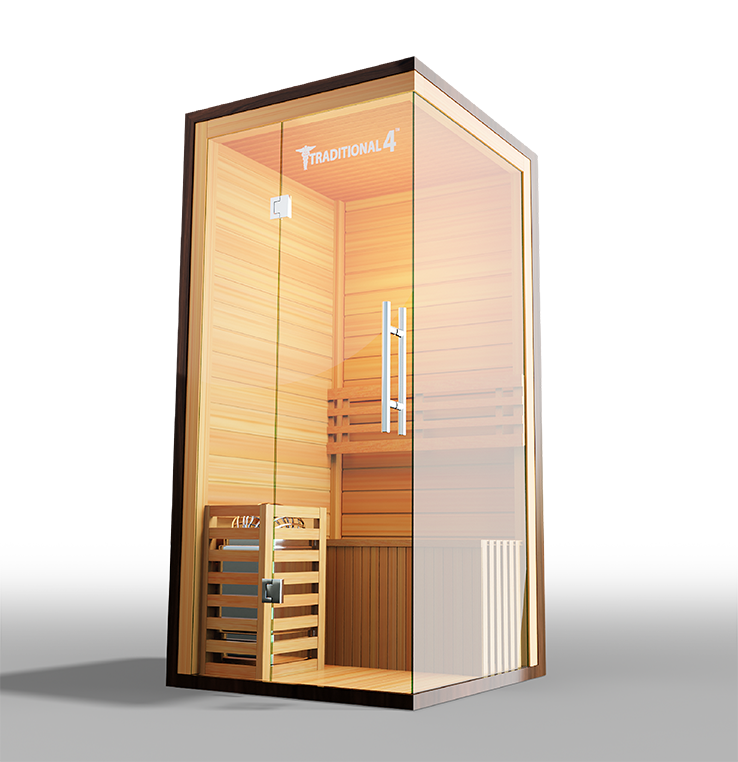How Traditional Sauna can Save You Time, Stress, and Money.
Table of ContentsAll About Traditional SaunaWhat Does Traditional Sauna Do?The Only Guide for Traditional SaunaExcitement About Traditional Sauna4 Simple Techniques For Traditional Sauna
Many of the weight shed in a sauna is water loss and is re-gained upon rehydrating. Without an uncertainty sauna can be a crucial component of a healthy weight loss program. To check out the distinctions between traditional and IR saunas, I will divide these right into proven, academic, and produced distinctions.
Hence, the best point in the saunawhich is at the ceiling directly above the sauna heateris generally between 185 and 190 F. Claims that a typical sauna goes beyond 200 F is simply not true and not applicable for electrical saunas offered in the US. The temperature level for a far-infrared sauna is typically set between 120 and 140 F; however, unlike the conventional sauna, the goal in and IR space is not to achieve a heat.
Due to this, the temperature distinction is virtually unnecessary, considering that profuse sweating results in both sauna kinds, but the method of heating up the body is different. In an IR sauna the bather will feel warm and will sweat profusely, but at much reduced temperatures (Traditional Sauna). Hence, if the goal is to spend longer time periods in the sauna, the IR sauna is an excellent choice
When a typical sauna has actually been effectively heated up, the sauna walls are warm, the air temperature level has actually achieved set temperature and the rocks are incredibly warmed. As an interesting side note, the heated wall surfaces and the rocks are sending out far-infrared heat, integrated with the warmed air, to create an "covering warmth".
Traditional Sauna Can Be Fun For Anyone

When the high temperature level is accomplished, the aspects cycle on and off to preserve the high temperature. The majority of traditional sauna users delight in pouring water over the rocks to create vapor to elevate sauna moisture degrees. The benefits of pouring water over the rocks include: making the room more comfortable, moistening the nasal flows, and enabling the use of aromatherapy by blending essential oils with the water.

When the energy enters the body, it causes the body temperature to increase and ultimately leads to sweat. In an infrared sauna it is necessary for the emitters/heaters to stay on virtually regularly. Considering that there is no mass of rocks to retain warmth, the sauna will cool if the emitters turned off.
As mentioned over, the sauna bather in an infrared space wishes to position himself before operating emitters to obtain maximum take advantage of the warm. The home heating time for both spaces can be really various, relying on how the spaces are made use of. For a typical sauna, a bather ought to enable 30-40 mins for the area to achieve a wanted temperature and to properly pre-heat the rocks.
Some Known Questions About Traditional Sauna.
A well built sauna will typically accomplish a temperature of 150-160 F in about 30-40 minutes. For hotter temperature levels, the area might require to warmth for a longer period.

Conventional saunas tend to be bigger (for this reason utilize more electrical energy) than infrared saunas, although conventional saunas are absolutely offered in one and 2 individual sizes too. For a two-person traditional sauna, 5x6 or 5x7 dimension is most prominent. The leading bench can comfortably seat two or 3 individuals and is also long enough to lie down throughout the sauna session.
All About Traditional Sauna
The typical cost per kWH of electrical power in the united state is around $0.11, so a 4.5 kW heater will set you back about $.50 to compete one hour, if the heater runs continuously for one hour. Commonly a sauna heating system will certainly compete 75% of the first hour and 50% of subsequent hours on since the components cycle once the established temperature level is attained.

There is a rarely talked about difference in the social experience between the two spaces. While our culture has shed some of the social benefit of the standard sauna experience, it can be really socially gratifying (Traditional Sauna). From family time in the sauna, to heart-felt conversations with loved ones, to sauna partiesthe traditional sauna experience can result in intimate interacting socially
How Traditional Sauna can Save You Time, Stress, and Money.
Many higher end infrared spaces consist of tinted light therapy, sound systems and full-glass fronts.
Comments on “How Traditional Sauna can Save You Time, Stress, and Money.”